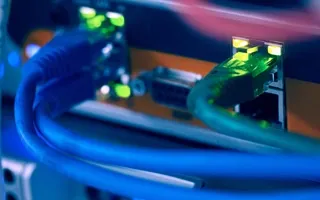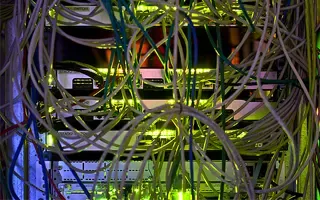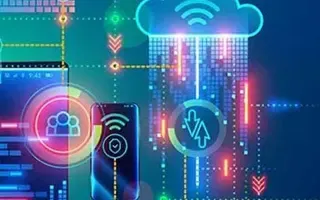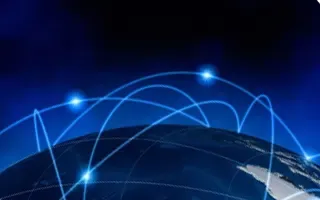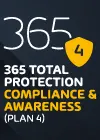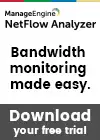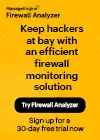Network Fundamentals: Top Picks
Network Fundamentals
Hubs & Repeaters
Network hubs were once the primary method of interconnecting network devices to create a local area network (LAN). Hubs were inexpensive, easy to ins…
Network Fundamentals
Need for Speed – The Data Tsunami & Advancements…
A long-long time ago (not long ago in earth time) 100 Mbps was THE technology. 100 Mbps uplinks bundled with ether-channel was the ultimate uplink te…
Network Fundamentals
Introduction To Networking
A network is simply a group of two or more Personal Computers linked together. Many types of networks exist, but the most common types of networks ar…
Network Fundamentals
DoS & DDoS Attacks
A Denial of Service (DoS) attack is a malicious attempt to disrupt the normal functioning of a website, server or network by flooding it with traffic…
Featured Subcategories:
Netflow Articles:
Netflow
Complete Guide to Netflow: How Netflow & its Comp…
This article will cover the basics of Netflow, including its use cases, Netflow supported devices, Netflow history, and variants. We’ll also dive int…
Netflow
NetFlow Analyzer: Free Download, Step-by-Step Ins…
In our previous article we explained how a Netflow Analyzer can help you gain visibility into your user traffic, application traffic and data flows w…
Netflow
Netflow: Monitor Bandwidth & Network Utilization…
Monitoring network traffic & bandwidth usage via Netflow is mandatory for any type and size network. Gaining visibility into user traffic, applic…
Netflow
Netflow vs SNMP. Two Different Approaches to Netw…
SNMP (Simple Network Management Protocol) and Netflow are both popular protocols with admins, prized for their ability to give visibility over the ne…
Network Protocols:
IP Protocol
IP Protocol - Part 2: The Internet Protocol (IP)…
This article examines the Internet Protocol (IP) and its position within the OSI Model. We take a look at the IP Header and all fields contained with…
TCP - UDP Protocol Analysis
TCP Header Anaylsis - Section 4: TCP Flag Options
As we have seen in the previous pages, some TCP segments carry data while others are simple acknowledgements for previously received data. The popula…
Domain Name System (DNS)
The DNS Protocol - Part 3: DNS Query Message Form…
This section will deal with the analysis of the DNS packets by examining how DNS messages are formatted and the options and variables they contain. T…
Supernetting & CIDR
The Supernetting / CIDR Chart
This articles build upon our previous pages covering what is Supernetting (Route Summarization) & How Supernets Work and Supernetting In-De…
IP Protocol
IP Protocol - Part 1: Binary & The Internet Proto…
To understand the Internet Protocol, we need to learn and understand Binary. It is very important to know and understand Binary because part of the I…
TCP - UDP Protocol Analysis
TCP Header Anaylsis - Section 6: TCP Options
The TCP Options (MSS, Window Scaling, Selective Acknowledgements, Timestamps, Nop) are located at the end of the TCP Header which is also why they ar…
Subnetting
IP Subnetting - Part 4: Routing Between Subnets
Routing and Communication between subnets is the main topic here. This article analyses communications between subnets. We provide examples on differ…
TCP - UDP Protocol Analysis
Transmission Control Protocol - Part 3: The TCP H…
This article shows the TCP Header and Segment. We explain where the TCP Header and Segment are located in an Ethernet frame and also briefly view the…
STP/ICMP Protocols:
ICMP Protocol
ICMP Protocol - Part 1: Introduction
The Internet Control Message Protocol (ICMP), is a very popular protocol and actually part of an Internet Protocol (IP) implementation. Because IP wa…
ICMP Protocol
ICMP Protocol - Part 5: Source Quench Message Ana…
The ICMP - Source Quench message is one that can be generated by either a gateway or host. You won't see any such message pop up on your workstation…
ICMP Protocol
ICMP Protocol - Part 4: Destination Unreachable M…
The 'ICMP Destination unreachable' message is quite interesting, because it doesn't actually contain one message, but infact six! This means that the…
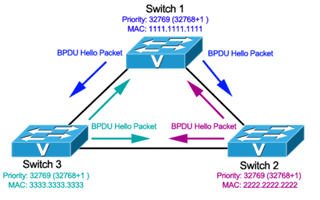
Spanning Tree Protocol (STP)
Spanning Tree Protocol – Part 3: Bridge ID, Prior…
In this article we will examine the Spanning Tree Bridge ID structure, explain why it has increments of 4096, how VLAN information is embedded (for P…
Wi-Fi Key Generator
Follow Firewall.cx
Cisco Password Crack
Decrypt Cisco Type-7 Passwords on the fly!

VLAN Networks
The VLAN Concept - Introduction to VLANs
We hear about them everywhere, vendors around the world are constantly trying to push them into every type of network and as a result, the Local Area Netw…

VLAN Networks
Dynamic VLANs
Dynamic VLANs were introduced to grant the flexibility and complexity(!) that Static VLANs did not provide. Dynamic VLANs are quite rare because of their…
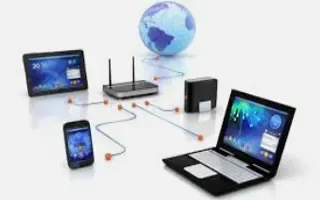
VLAN Networks
Comparing Traditional Flat & VLAN Networks
Designing and building a network is not a simple job. VLANs are no exception to this rule, in fact they require a more sophisticated approach because of t…
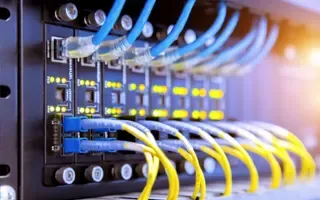
VLAN Networks
VLANs - Access & Trunk Links
If you've read our previous article The VLAN Concept - Introduction to VLANs then you should feel comfortable with terms such as 'VLAN', 'Stati…

Routing
The IP Routing Process - Step-by-Step Analysis
We are going to analyse what happens when routing occurs on a network (IP routing process). When I was new to the networking area, I thought that all you…
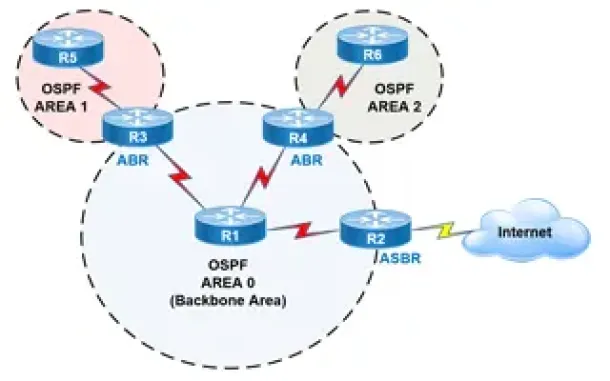
Routing
OSPF - Part 2: How OSPF Protocol Works & Basic Concept…
This article covers basic OSPF concepts and operation. We explain how OSPF works, how OSPF tables are built on an OSPF-enabled router and their purpose (N…
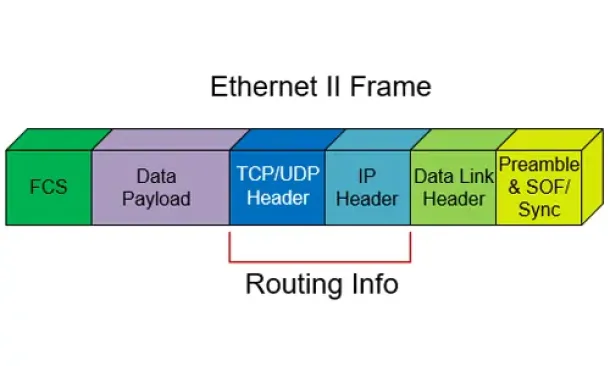
Routing
Routed Protocols
We all understand that TCP/IP, IPX-SPX are protocols which are used in a Local Area Network (LAN) so computers can communicate between with each other and…

Routing
Interior Gateway Protocol - IGRP
IGRP (Interior Gateway Routing Protocol) is a Cisco proprietary distance-vector routing protocol used in enterprise networks to exchange routing informati…
Network Address Translation - NAT
Network Address Translation (NAT) Concepts
Before we dive into the deep waters of NAT, we need to make sure we understand exactly what NAT does. So let me give you the background of NAT, why it's h…
Network Address Translation - NAT
Network Address Translation (NAT) Overload - Part 1
NAT Overload is the most common NAT method used throughout all networks that connect to the Internet. This is because of the way it functions and the limi…
Network Address Translation - NAT
The Network Address Translation Table
After that simple and informative introduction to the NAT concept, it's time to find out more about how it works and this is where the NAT table comes in…
Network Address Translation - NAT
Static NAT - Part 1
Static NAT (also called inbound mapping) is the first mode we're going to talk about and also happens to be the most uncommon between smaller networks.
S…







